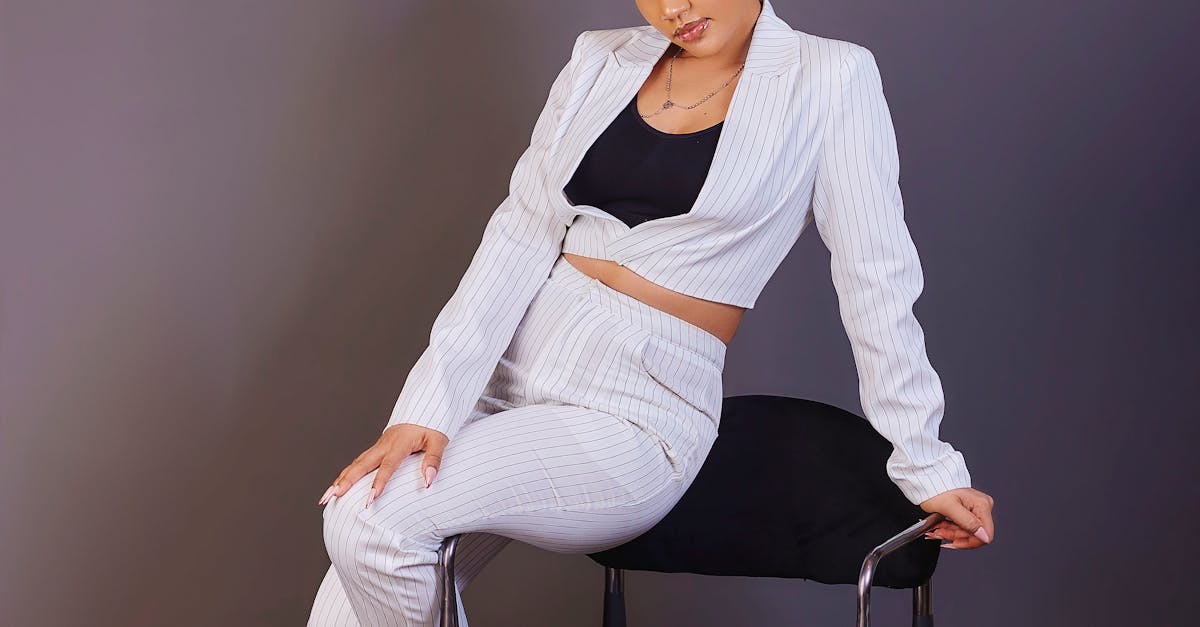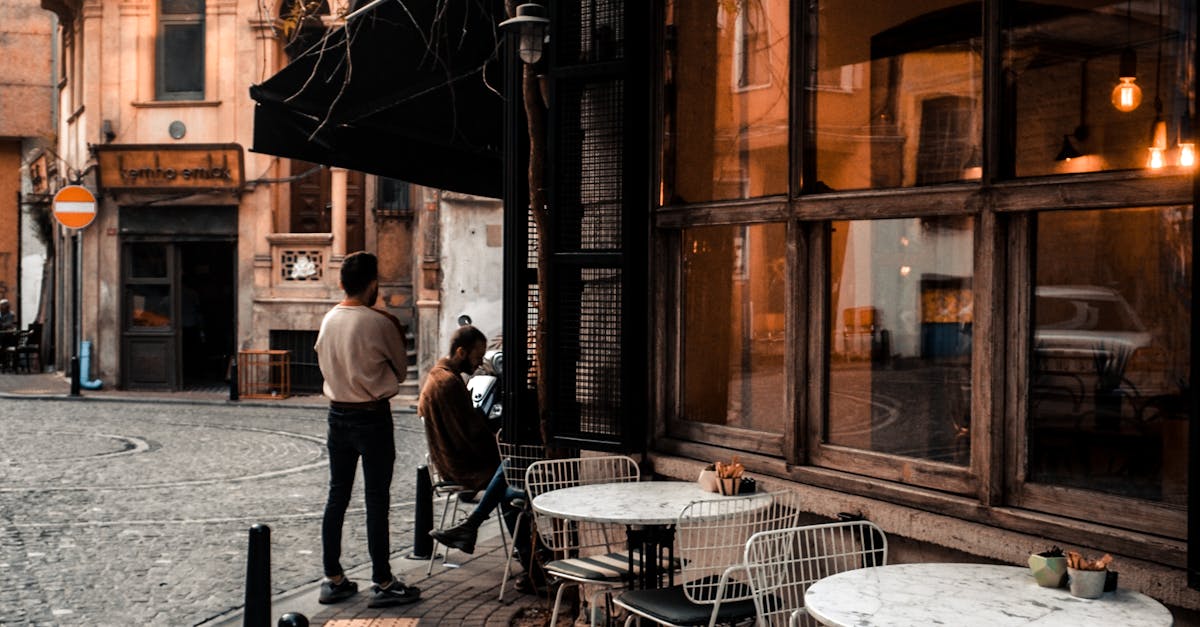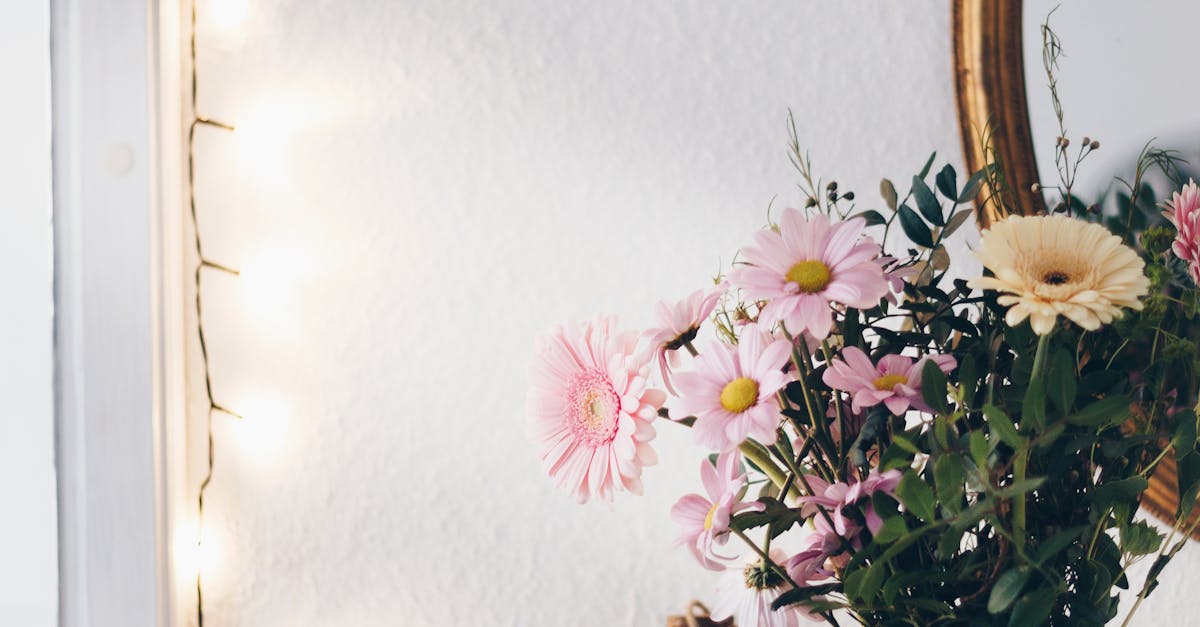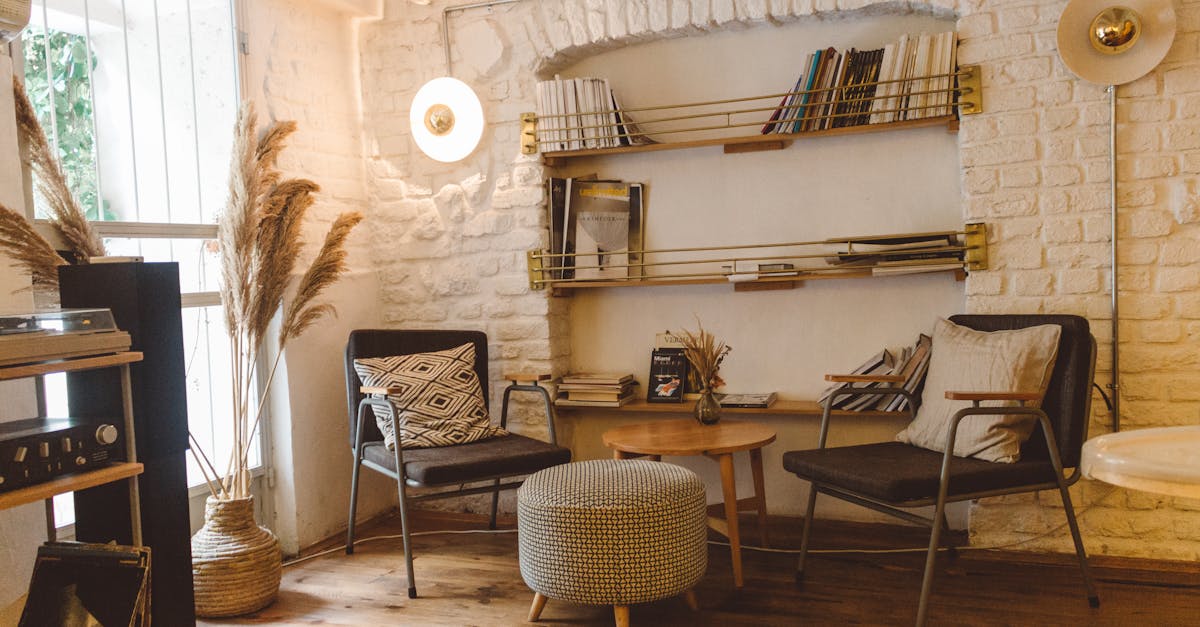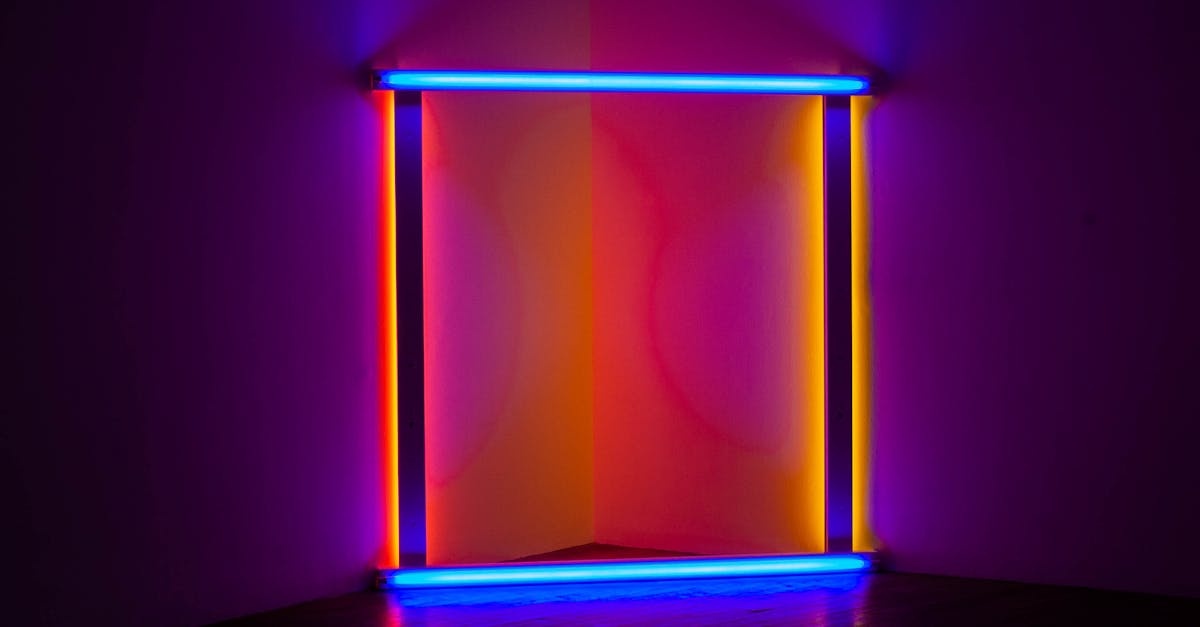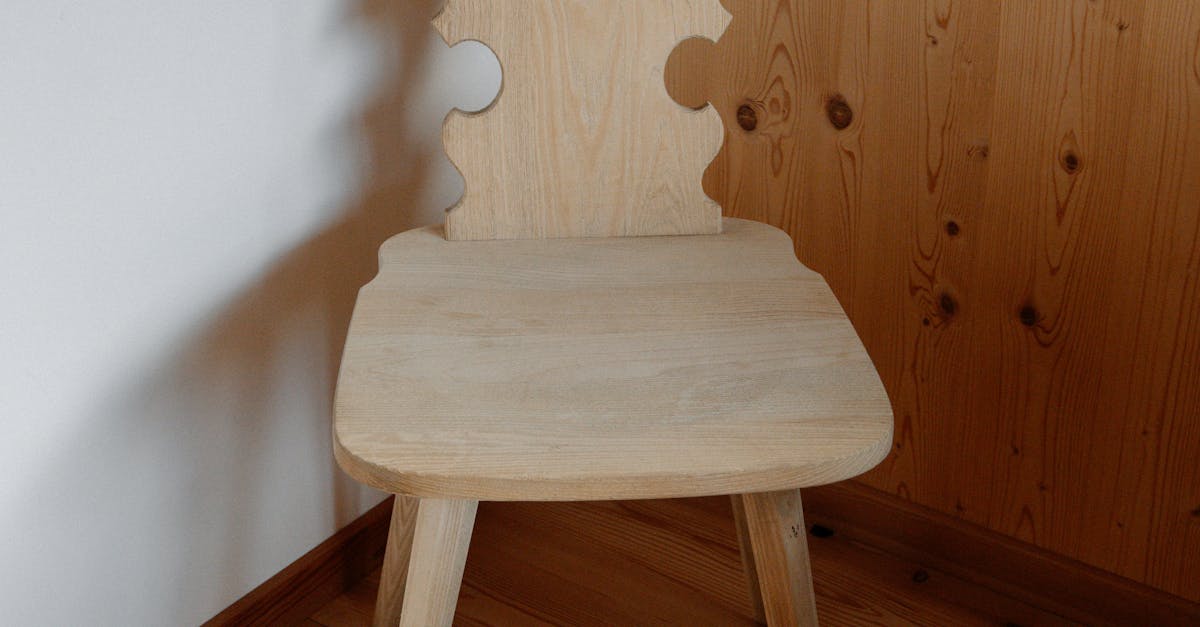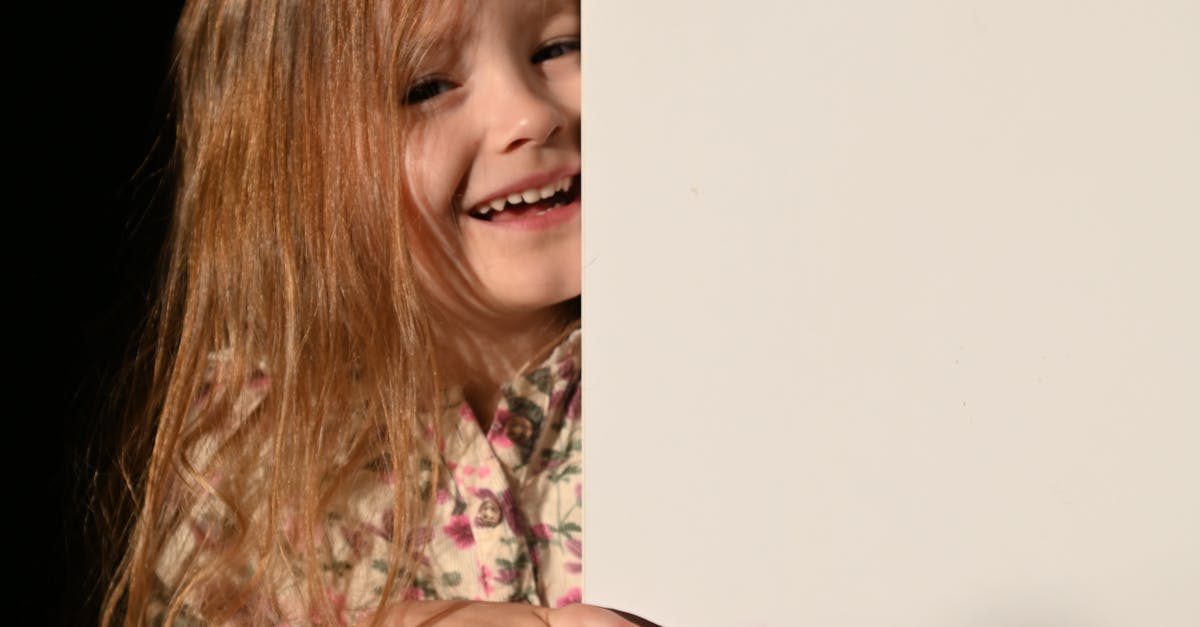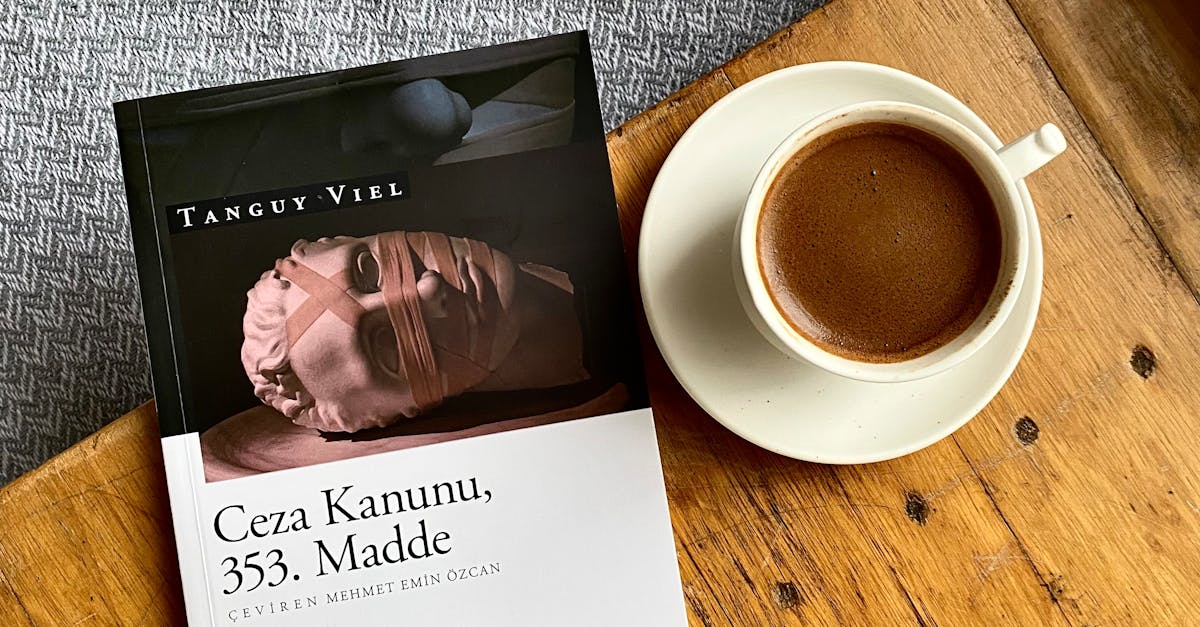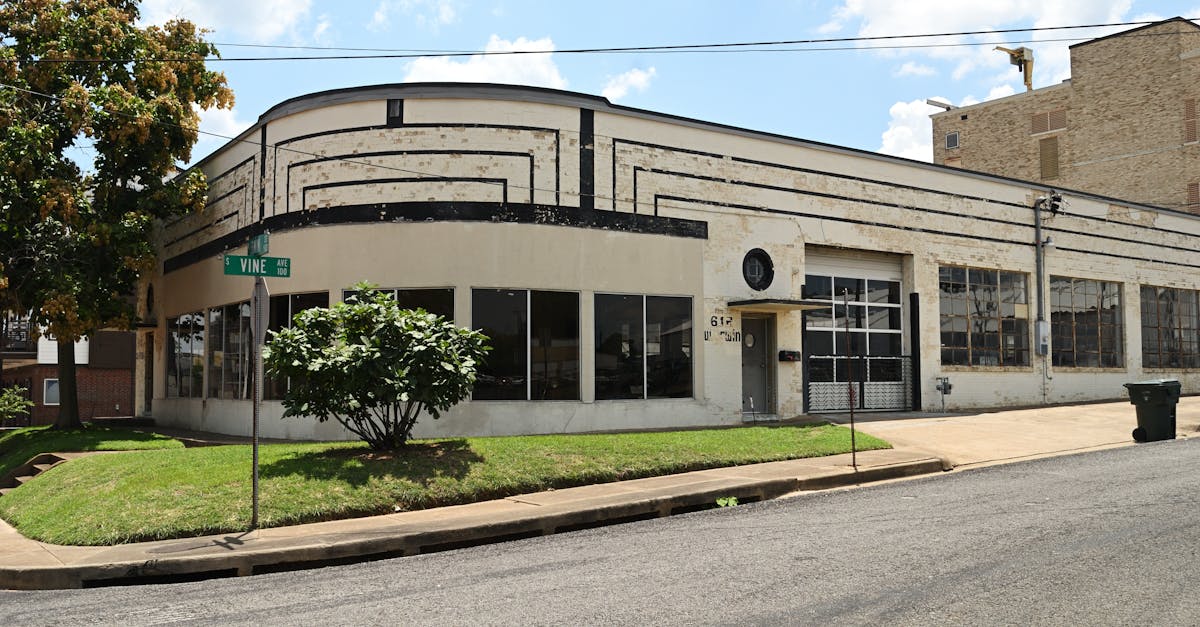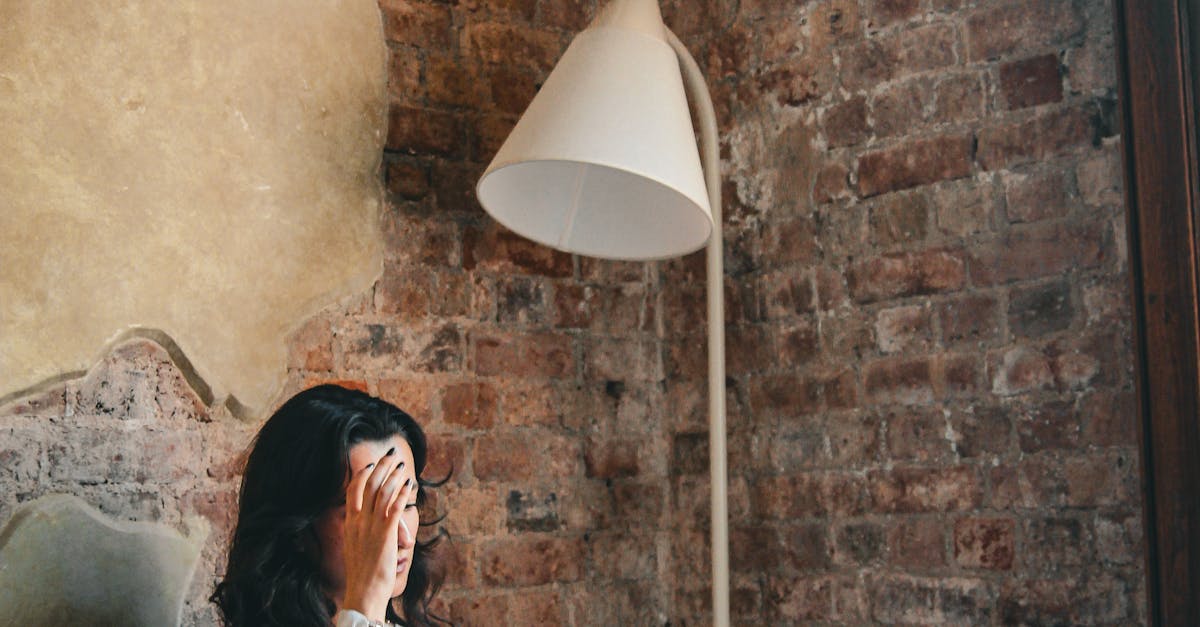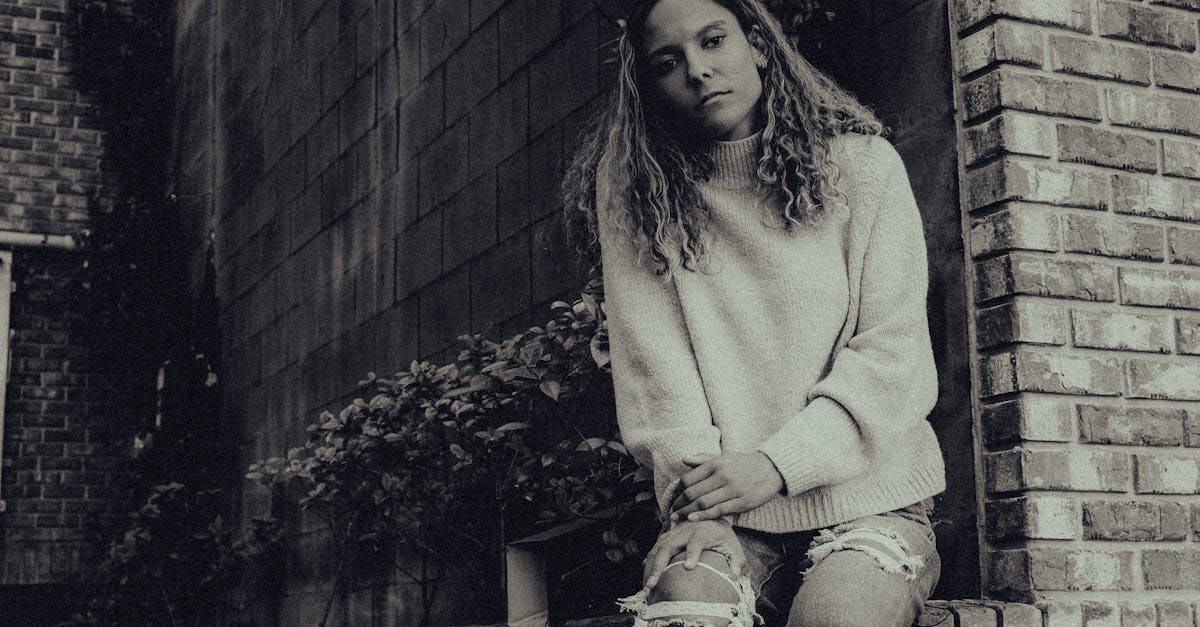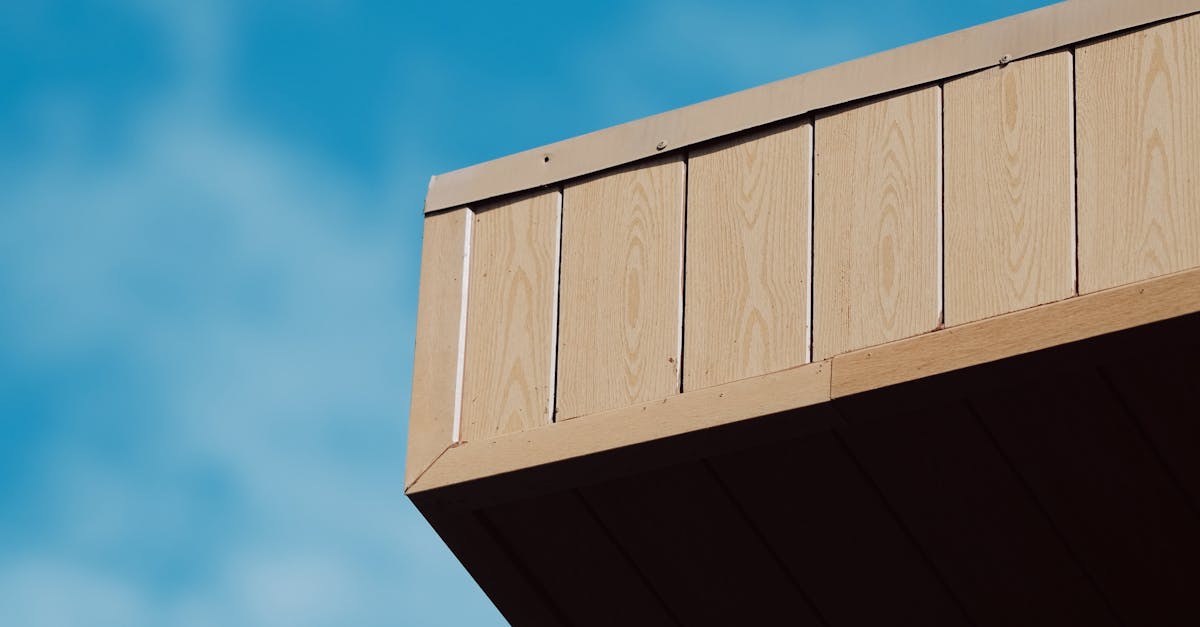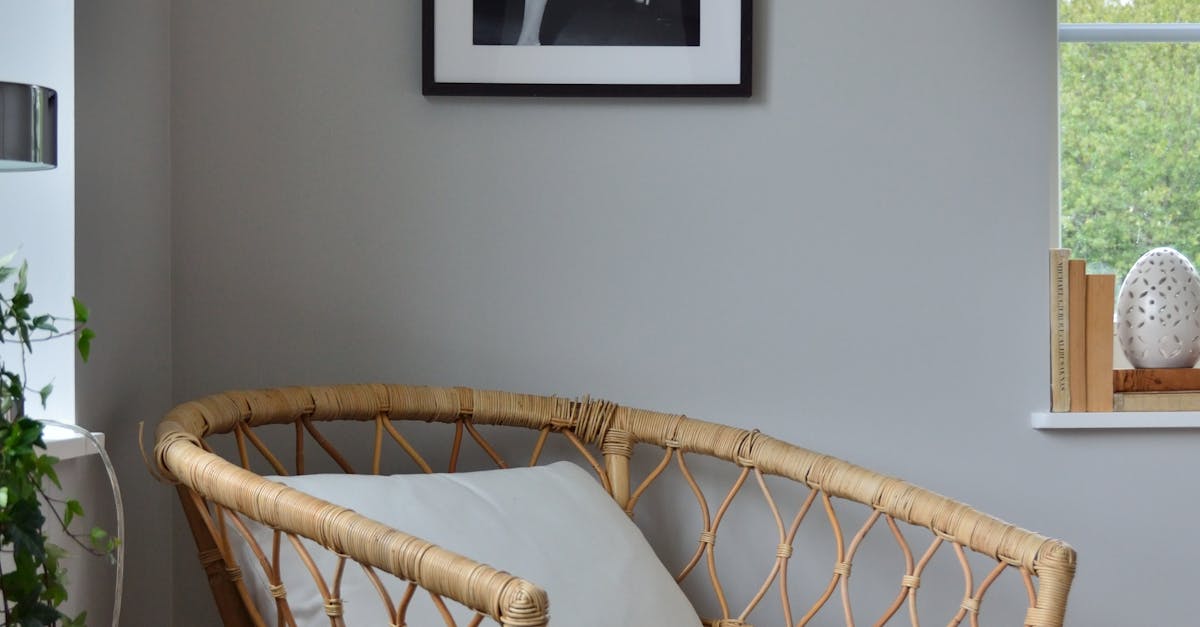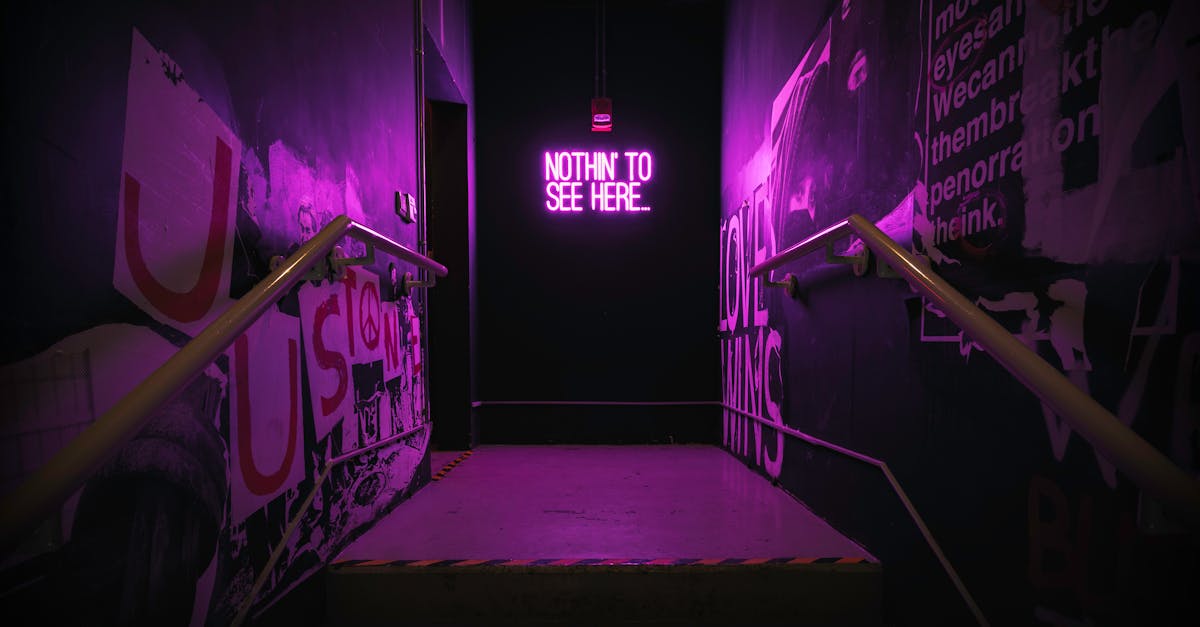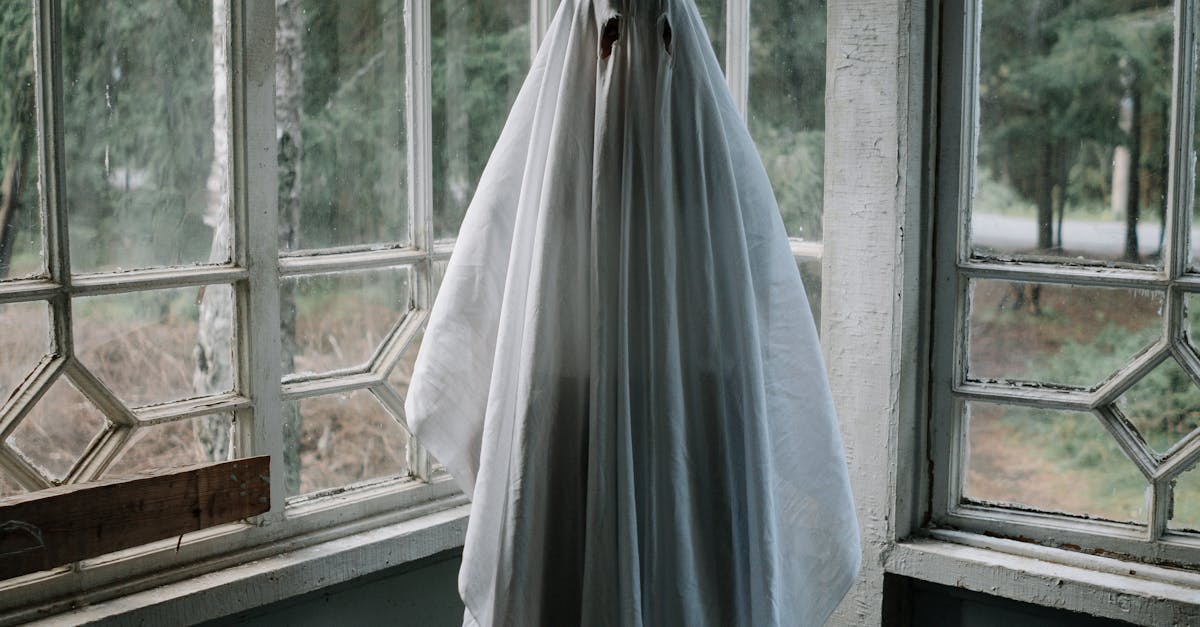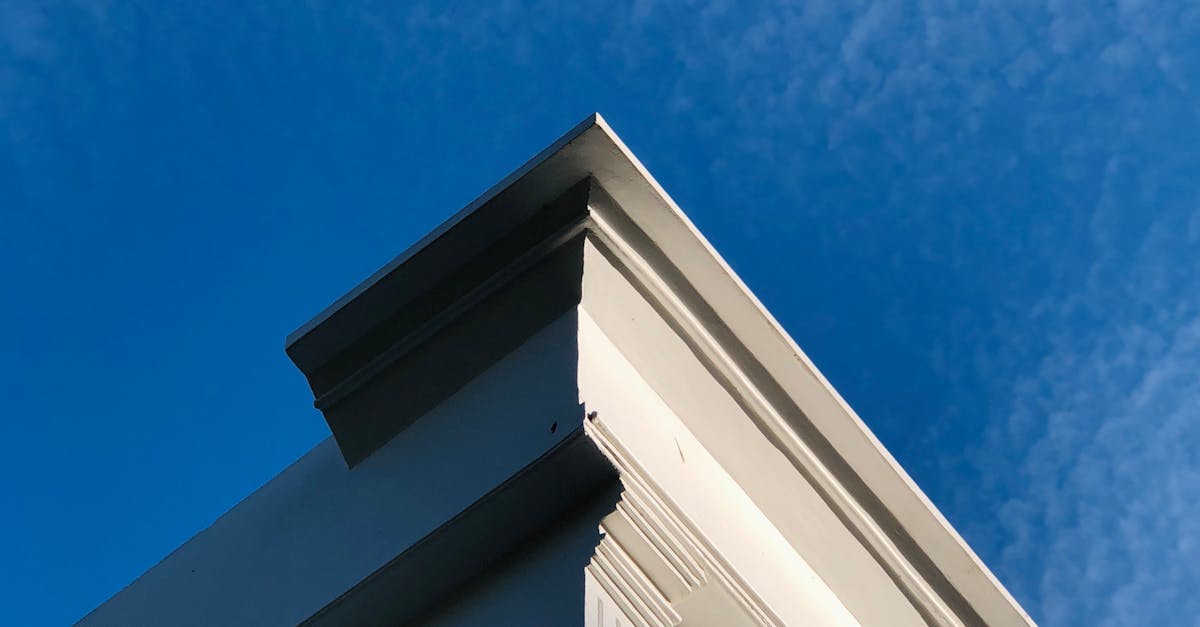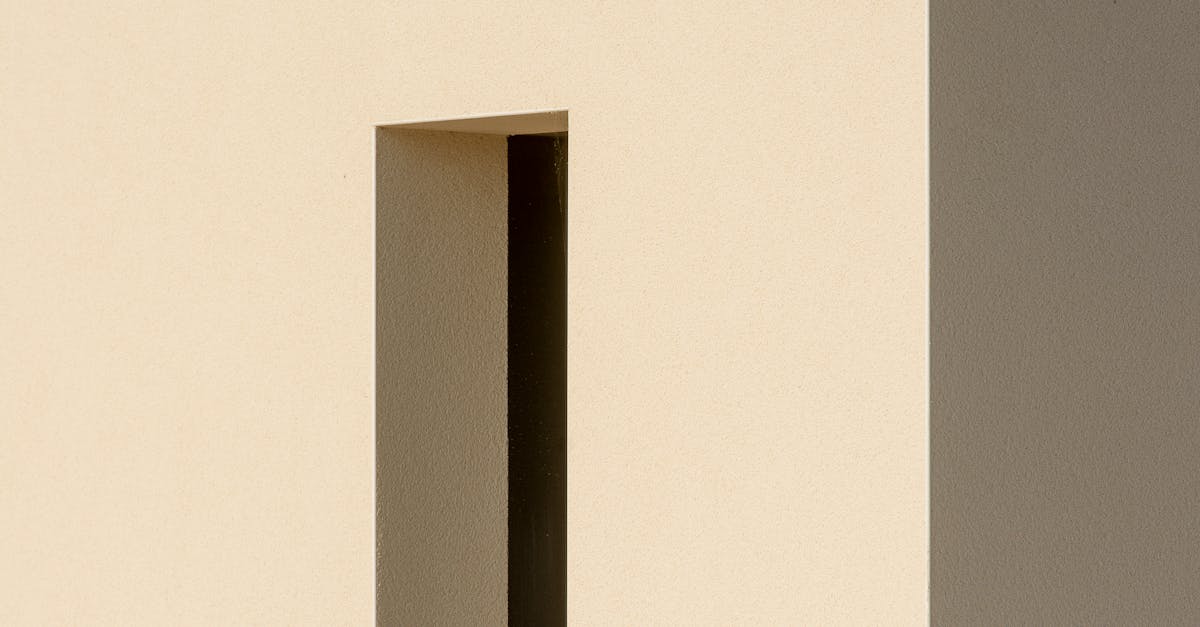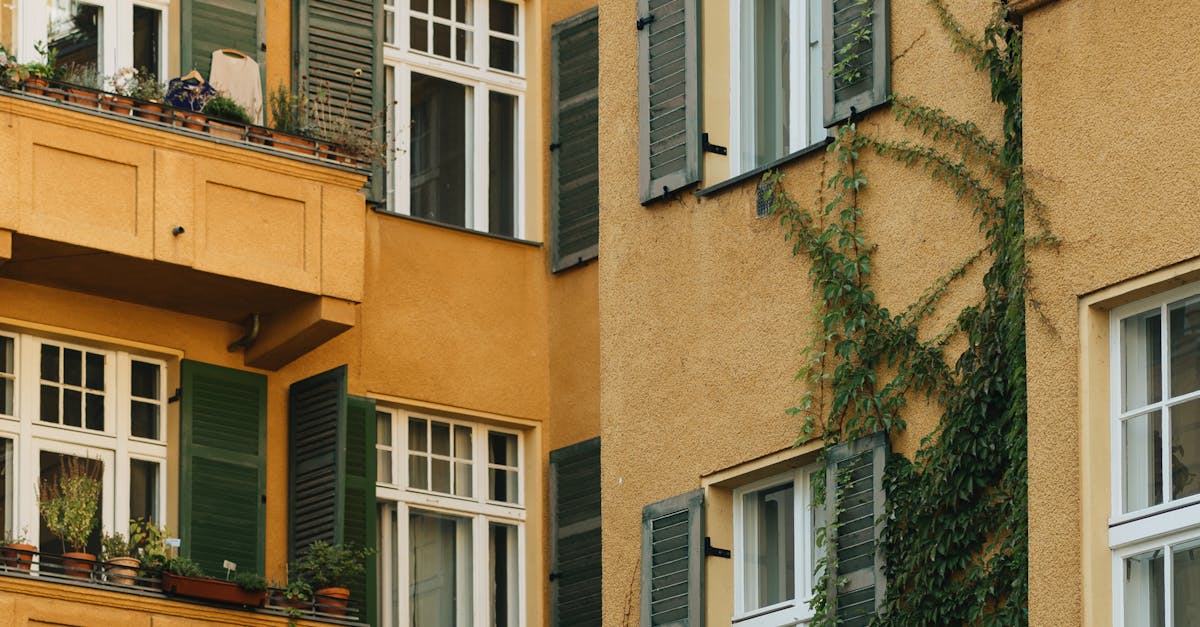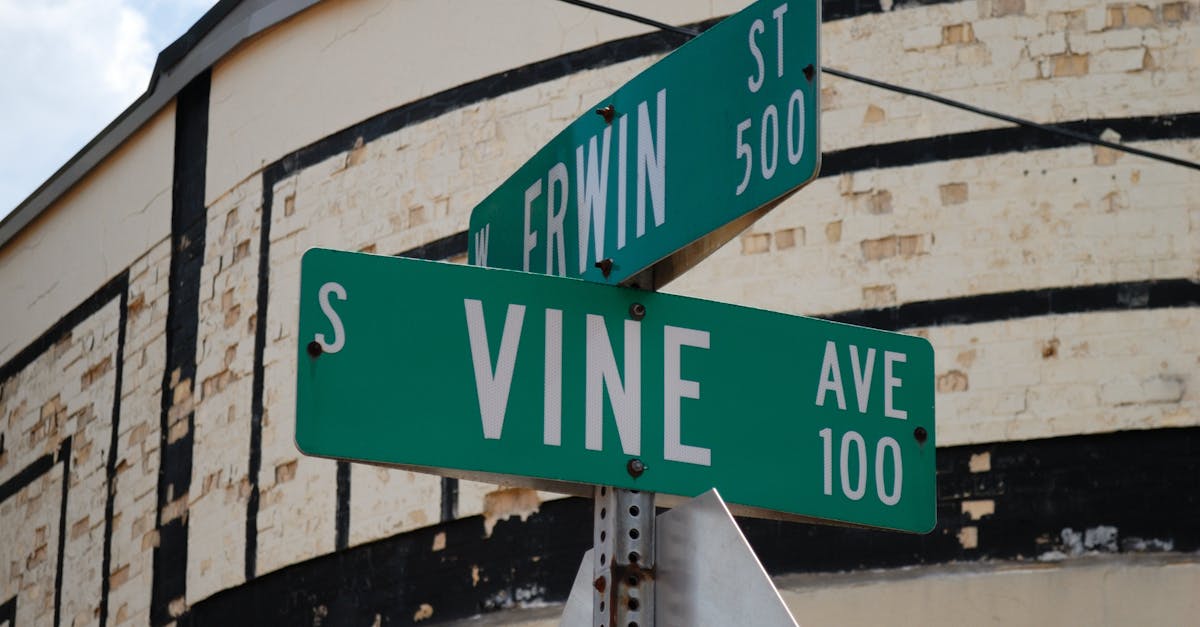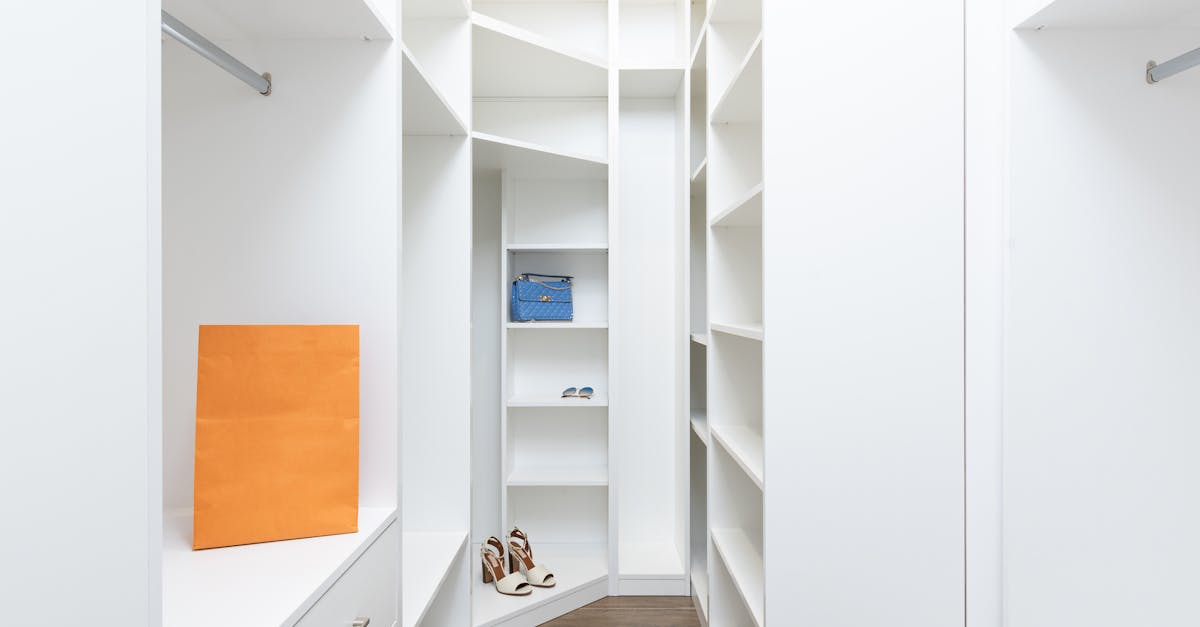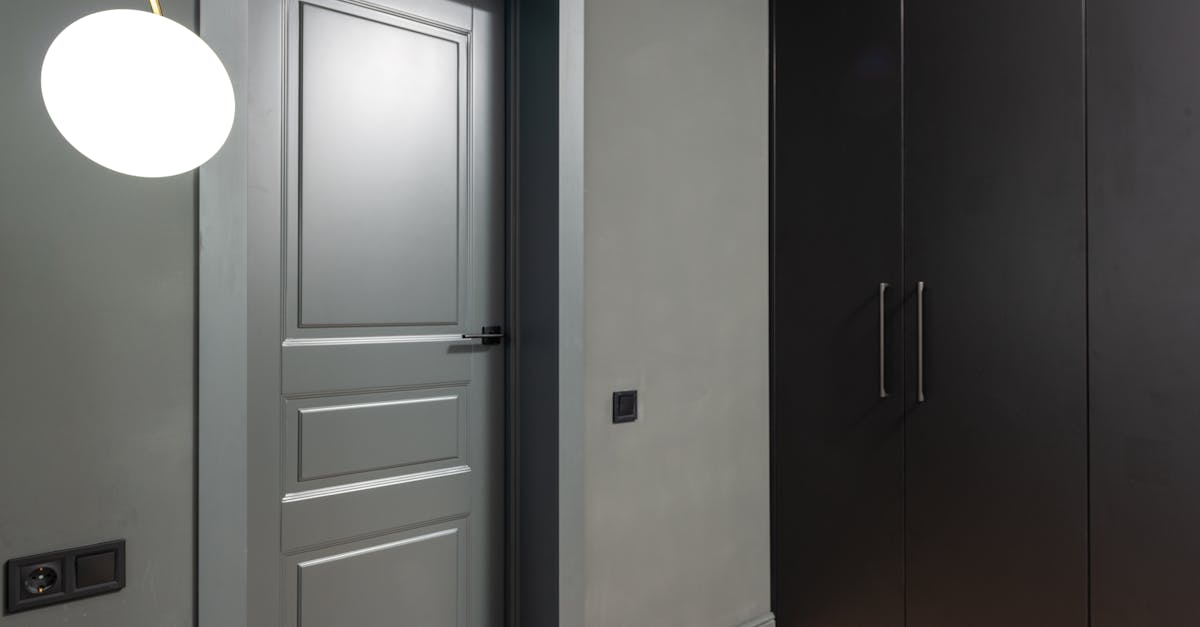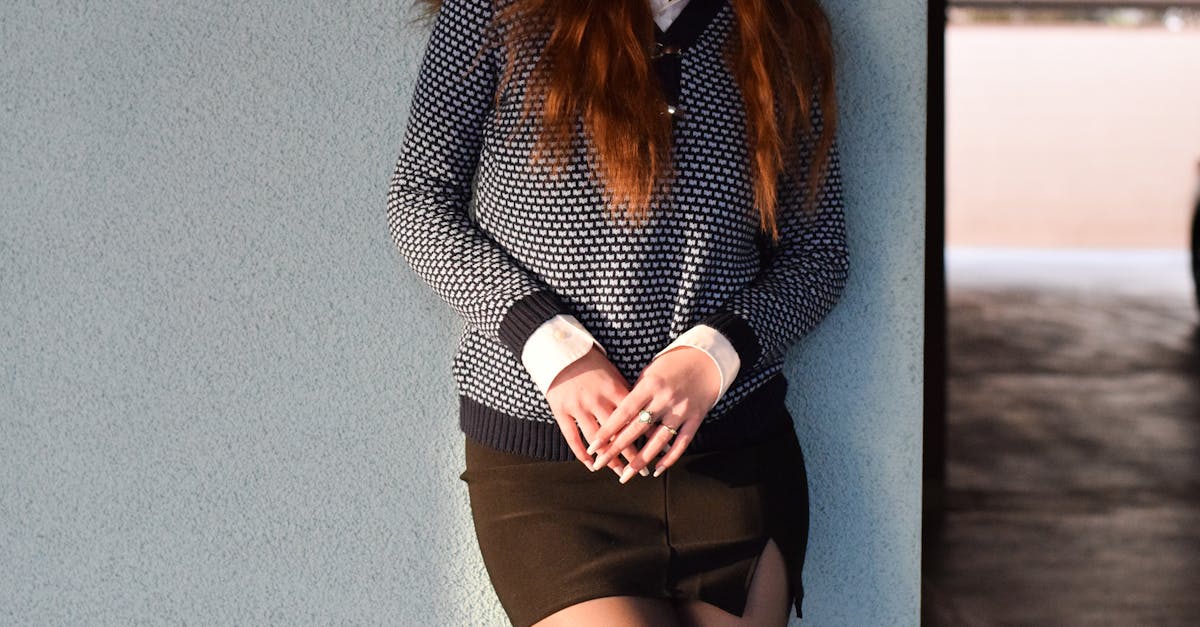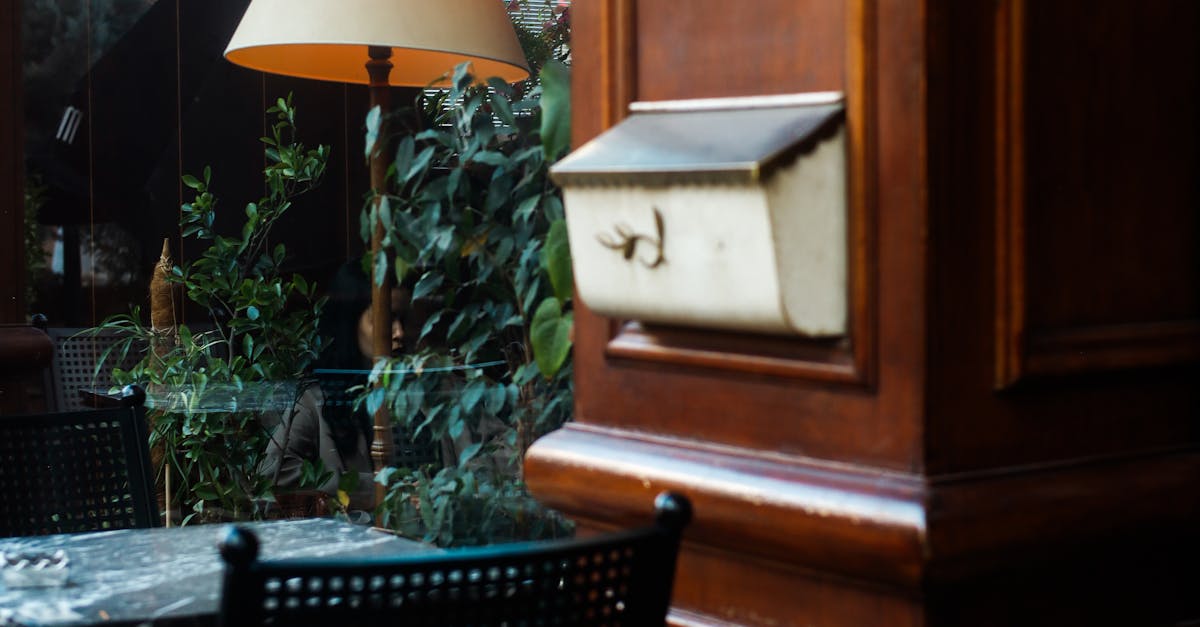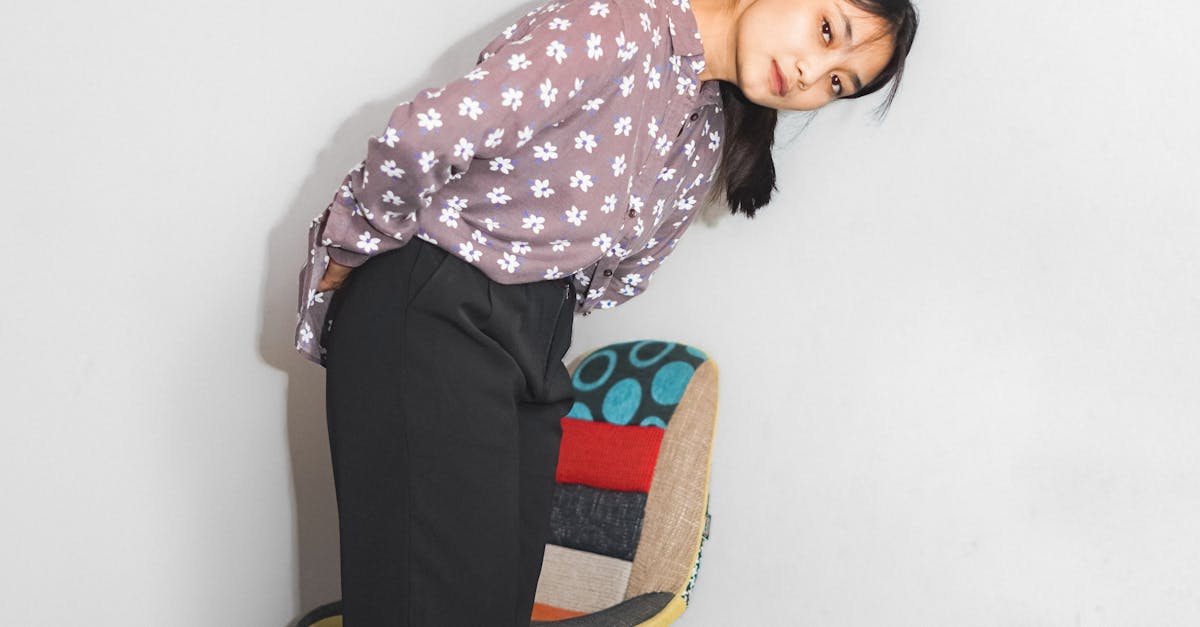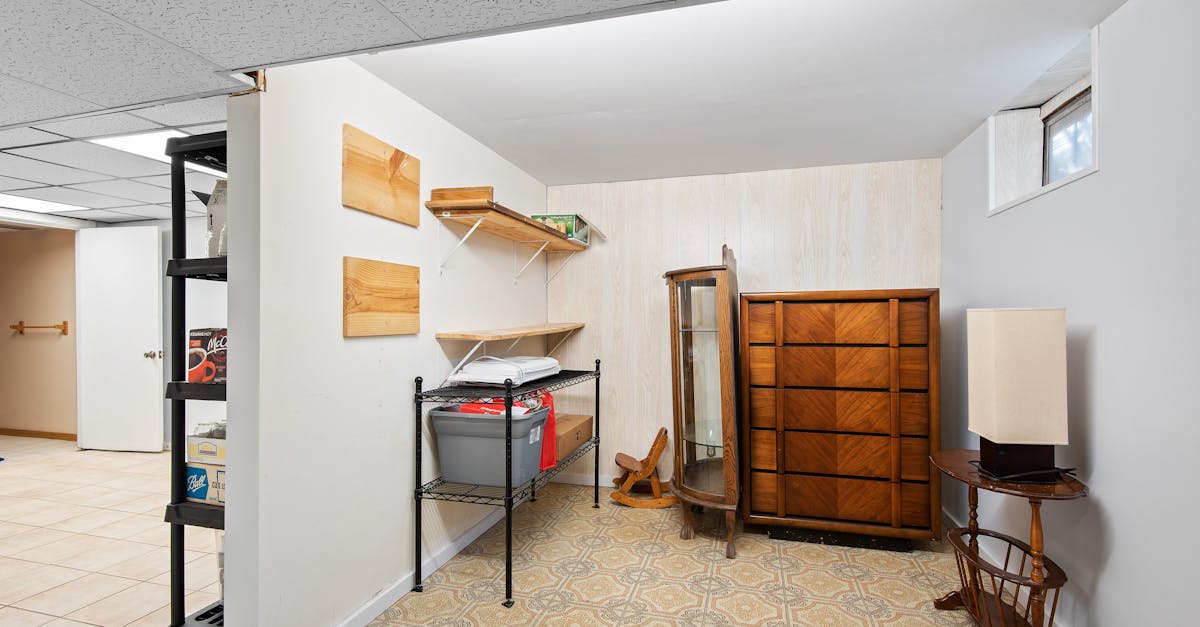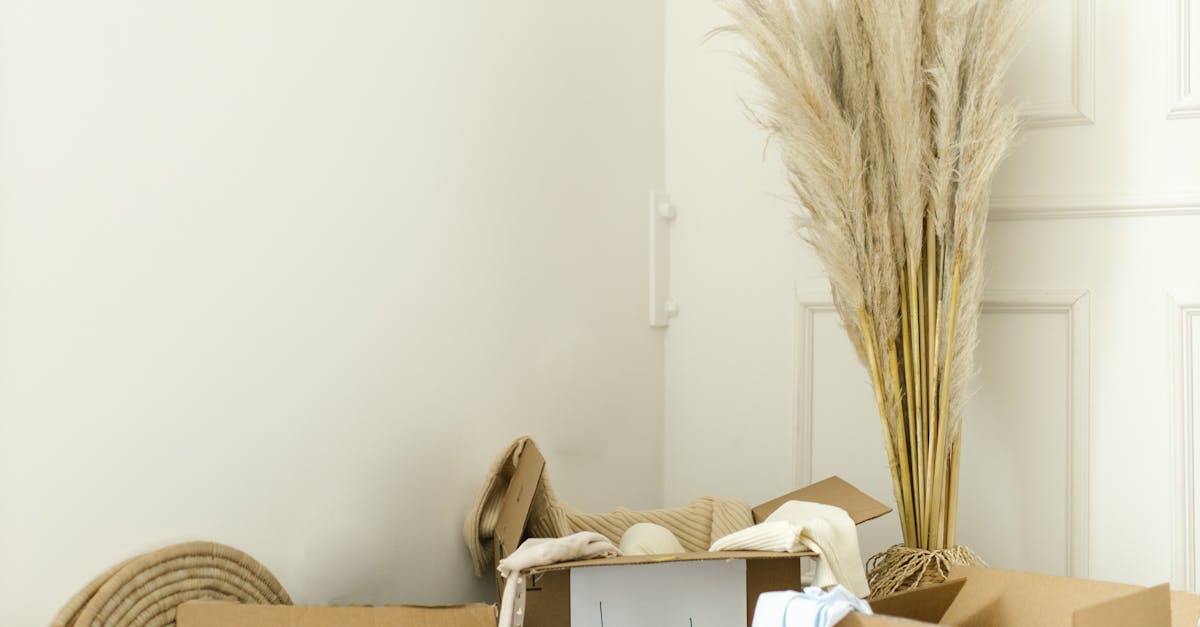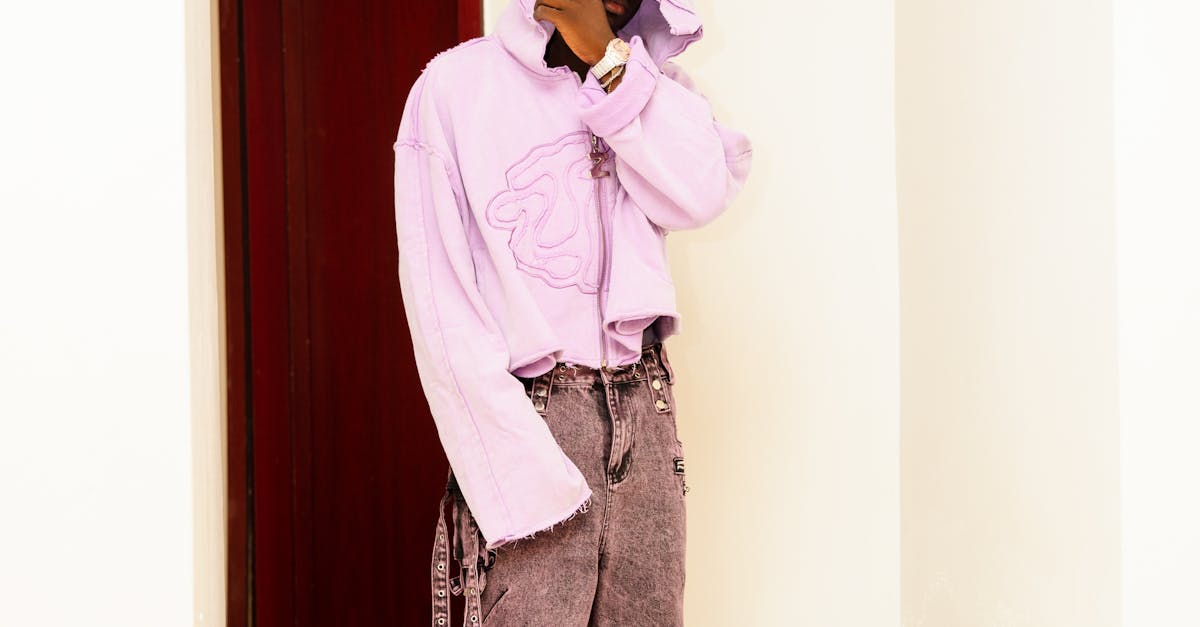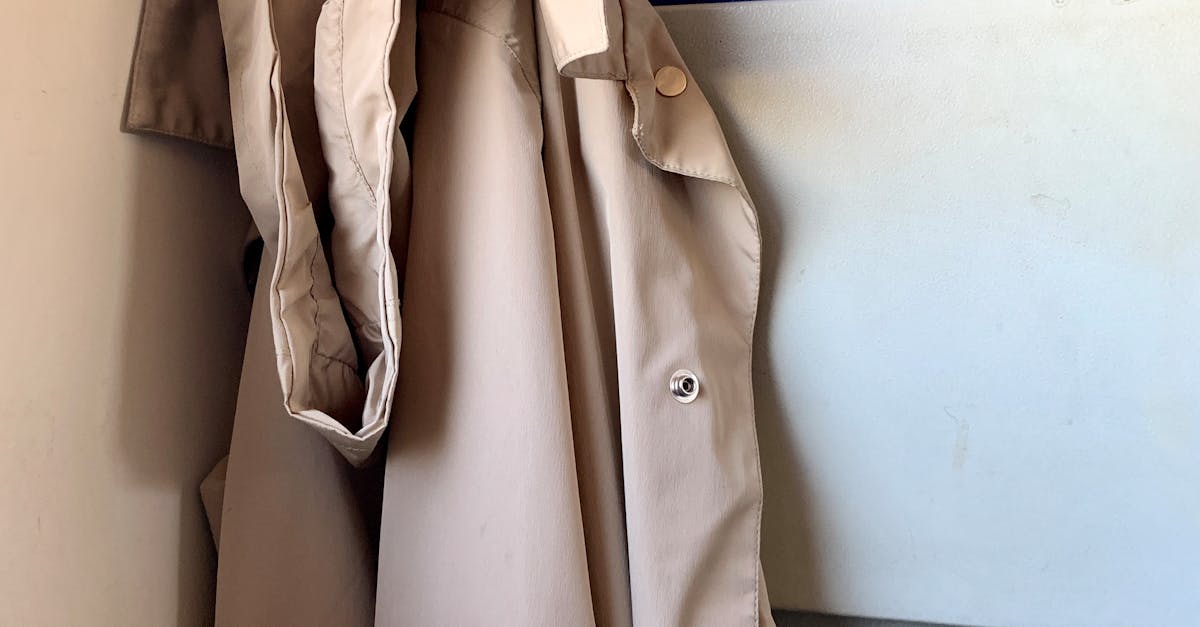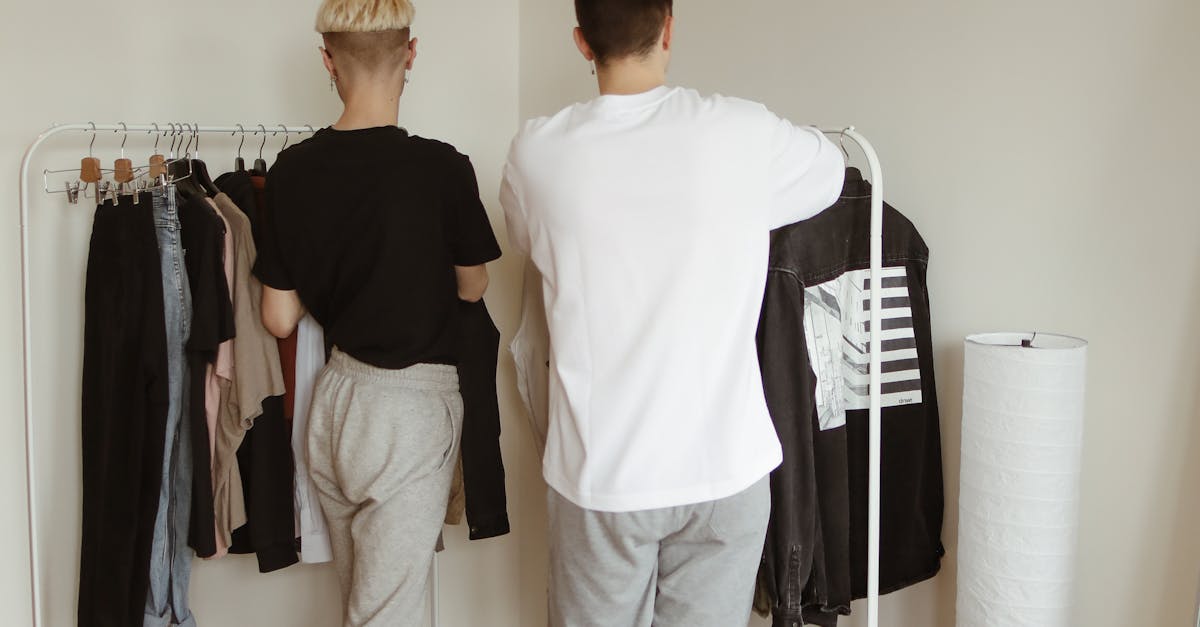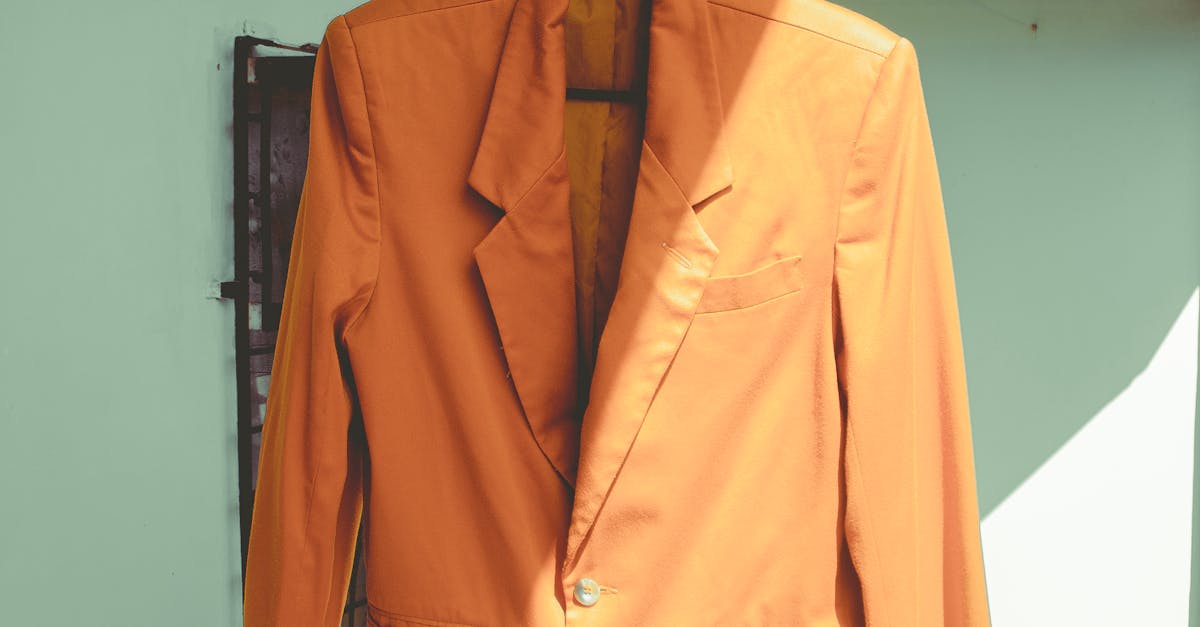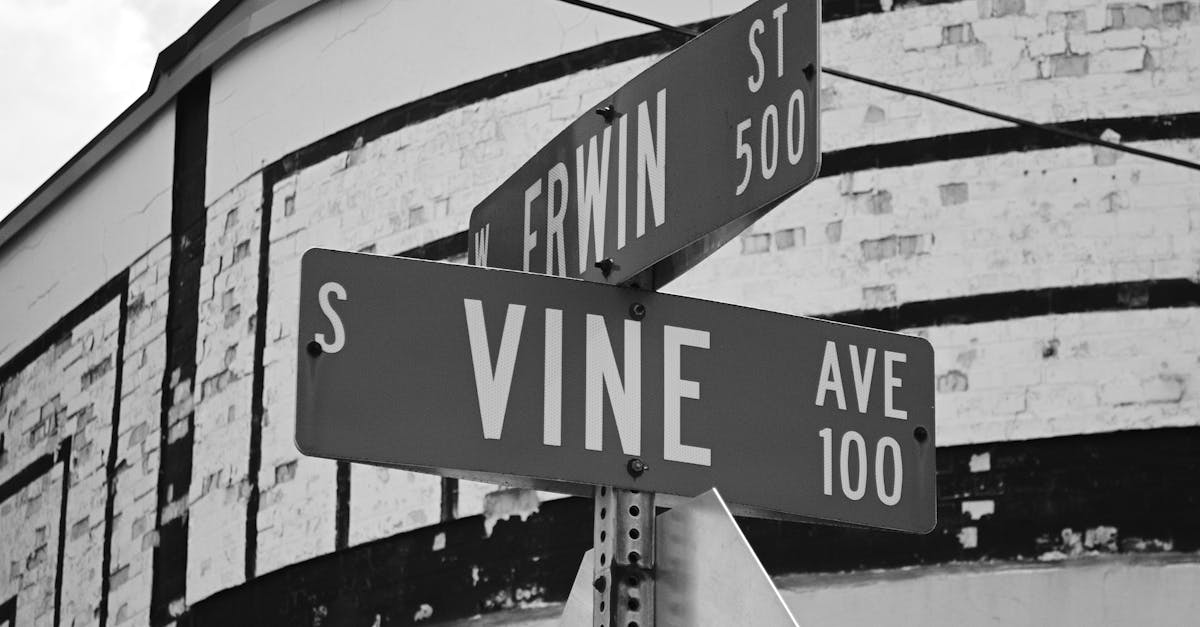
Table Of Contents
Functionality vs. Aesthetics
When selecting door styles for corner wardrobes, the balance between functionality and aesthetics is essential. Functionality often takes precedence, as the doors must provide easy access to the items stored inside while optimizing space. Sliding doors may be an ideal choice for smaller rooms where swinging doors could block pathways. Consider how often you will use the wardrobe and what types of items will be stored within to determine the most practical door option.
Aesthetics play a significant role in the overall design of a room. Corner wardrobes can enhance a space when they harmonize with existing decor. Styles vary, from modern sleeks to classic designs, allowing for personalization. Choosing doors with finishes and colors that complement the surrounding furniture elevates both the wardrobe's appearance and the room's overall ambiance. The right balance between utility and visual charm can create a functional yet stylish solution for your needs.
Balancing Practical Needs with Visual Appeal
When selecting a door style for corner wardrobes, finding harmony between functionality and aesthetics is crucial. Corner wardrobes often have limited space and unique layouts, which means the doors need to operate smoothly without conflicting with nearby furniture or walls. Slide or bi-fold doors can be a practical solution, allowing easy access to your belongings while minimizing the visual impact on the room. The selection of materials and finishes can also play a significant role in how the wardrobe complements the overall decor of the space.
Visual appeal cannot be overlooked when choosing door styles. An attractive design can enhance the aesthetic of a room while providing the necessary storage solutions. Options range from sleek, modern looks with clean lines to more traditional styles with intricate details. The choice of color and texture should reflect the broader design theme of the home, ensuring that the corner wardrobes contribute to the overall ambiance rather than detract from it. Balancing these aspects will help create a harmonious environment where form meets function.
Exploring Customization Options
Customization options for corner wardrobes allow homeowners to create a unique storage solution that fits both their space and style preferences. Door styles can range from sliding panels to traditional hinged doors, providing different functionalities that can enhance the overall usability of the wardrobe. Incorporating various materials, such as wood, glass, or laminate, can further personalize the wardrobe’s appearance, ensuring it complements the existing decor of the room.
In addition to selecting materials and styles, homeowners can consider custom finishes and colors that align with their aesthetic vision. This flexibility enables a seamless integration of corner wardrobes into any interior design scheme. Lighting options can also be included to accentuate the wardrobe's features, making it not just a functional element but also a focal point in the room.
Tailoring Door Styles to Fit Unique Spaces
When it comes to corner wardrobes, the unique shapes and dimensions of these spaces often call for tailored door styles. Sliding doors are a popular choice due to their ability to save space while providing easy access to stored items. They can be designed to blend seamlessly with the room’s décor, ensuring that the wardrobe feels integrated within the overall design.
Alternatively, bi-fold doors can also work well in corner wardrobes, especially in areas where accessibility is a priority. This style allows for maximum visibility and organization of items inside while occupying minimal floor space when opened. Homeowners can customize finishes and materials to enhance both practicality and aesthetic appeal, ensuring the wardrobe functions efficiently in the unique corner layout.
Budgeting for Your Wardrobe
Budgeting for corner wardrobes requires careful consideration of various factors. These include the materials used, the type of door style chosen, and any additional features that might enhance functionality. Solid wood options often come with a higher price tag while MDF or laminate can provide a more budget-friendly alternative. It’s also wise to account for installation costs and the potential need for custom measurements, especially for uniquely shaped spaces.
Understanding the costs associated with different door styles can prevent overspending. Sliding doors may save on space but can be more expensive than traditional hinged doors. Glass doors can add elegance but might require more maintenance as well as higher costs for installation. By evaluating these aspects, you can make more informed decisions that align both with your aesthetic preferences and financial limits.
Understanding Costs Associated with Different Door Styles
When selecting door styles for corner wardrobes, understanding the associated costs is essential for making informed decisions. Different materials, such as solid wood, laminate, or glass, come with varying price tags that can significantly impact your overall budget. Solid wood tends to be the most expensive option due to its durability and aesthetic appeal. On the other hand, laminate and MDF can offer cost-effective alternatives while still delivering decent quality and style.
Installation costs also vary depending on the complexity of the door design. Standard hinged doors may require less labor compared to sliding or bi-fold doors, which can be more challenging to install in corner wardrobes. Additional features, like custom finishes or integrated lighting, can further influence expenses. Assessing all these factors will help you allocate your budget more effectively, ensuring you achieve the desired look without overspending.
FAQS
What factors should I consider when choosing a door style for my corner wardrobe?
You should consider both functionality and aesthetics, ensuring that the door style meets your practical needs while complementing the overall visual appeal of your space.
Are there specific door styles that work best for corner wardrobes?
Yes, styles such as sliding doors, bi-fold doors, or even corner hinged doors can be effective due to their space-saving features and ability to fit snugly in corners.
How can I customize the door style of my corner wardrobe?
Customization options include selecting materials, finishes, colors, and hardware that match your personal style and the decor of your room, as well as ensuring that the dimensions fit your unique space.
What is the average cost of different door styles for a corner wardrobe?
Costs can vary widely depending on the materials and styles chosen. Budget-friendly options like laminate or MDF can be less expensive, while solid wood or custom designs may be more costly.
How can I ensure that the door I choose will be practical for everyday use?
Consider the frequency of use, ease of access, and the space available for opening the doors. Styles like sliding or bi-fold doors typically require less clearance and can be easier to use in tight spaces.
